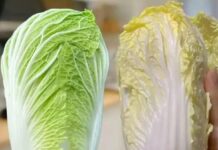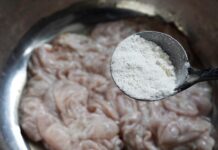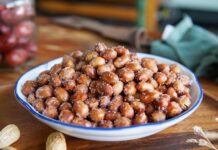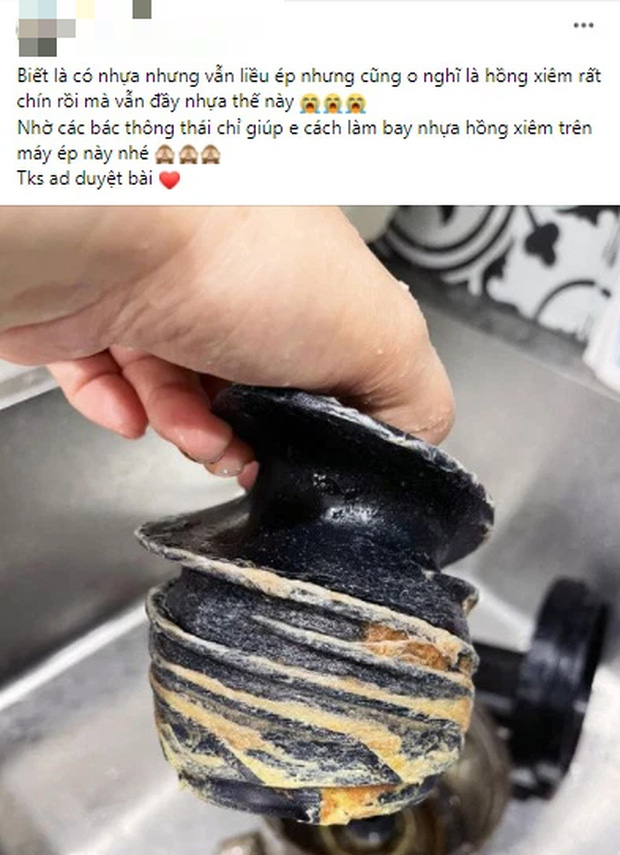A recent post in a home appliances group shared an unfortunate incident where someone had attempted to juice a sapodilla, only to end up with their juicer covered in sticky resin. The sapodilla, a fruit known for its high resin content, released the substance during the juicing process, resulting in a challenging clean-up task.
This prompted a series of surprised and amused reactions from other group members:
“Sapodillas are best eaten directly; even when ripe, they still contain a lot of resin.”
“I’ve never heard of juicing sapodillas before; I thought they were only used for smoothies.”
“Cleaning up that resin would be a nightmare.”
“Soft fruits like these are better suited for blending rather than juicing.”
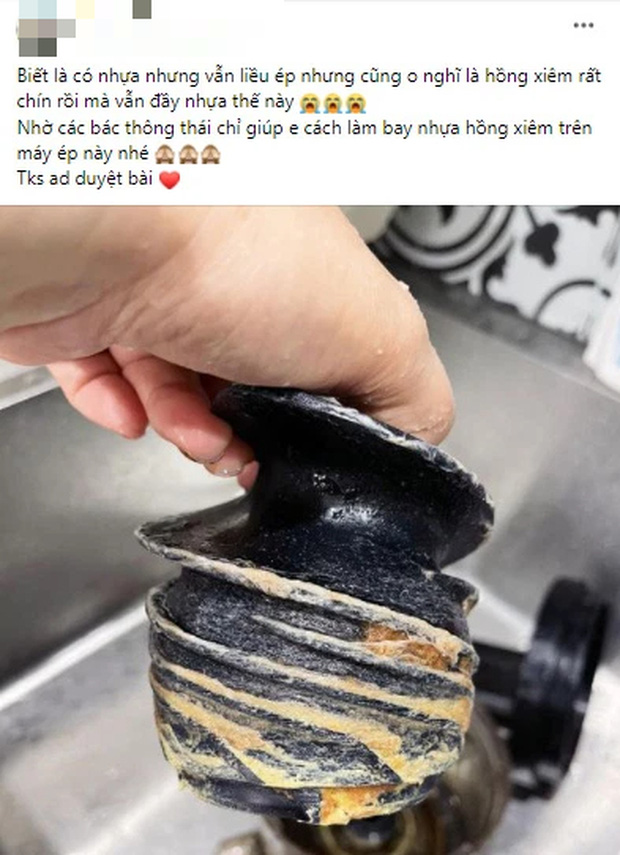
The unfortunate juicer, covered in sapodilla resin. (Image source: Group Hội dùng máy rửa bát và đồ gia dụng tiện ích)
Indeed, not all fruits are suitable for juicing. Sapodillas, bananas, jackfruits, turmeric, and loofahs are examples of fruits with high resin content, which can easily adhere to utensils and clothing during preparation.
Resin is a viscous, sticky substance produced by certain plants and fruits. Over time, it hardens and turns into a clear, solid material. This can be a headache for homemakers, as removing resin from utensils, clothing, or any other surface can be challenging.
Here are some handy tips to remove resin stains using simple household ingredients:
Using Cooking Oil
Cooking oil is a common household item, and it can be used to effectively remove fruit resin. Simply apply a small amount of oil to the affected area and let it sit for a while. Then, use a paper towel or cloth to wipe away the resin, and finally, rinse with clean water. The oil’s lubricity will soften the resin, making it easier to clean.
This method is particularly effective for removing jackfruit resin.
Using Lemon
Lemons are acidic and excellent for removing stains and grime. When dealing with resin on utensils, rub a whole or half lemon (depending on the severity of the stain) onto the affected area, along with a cloth or sponge. The acid in the lemon will break down the stubborn resin.
For resin stains on clothing, apply lemon juice to the stain and scrub with laundry detergent. This combination will effectively remove the resin.
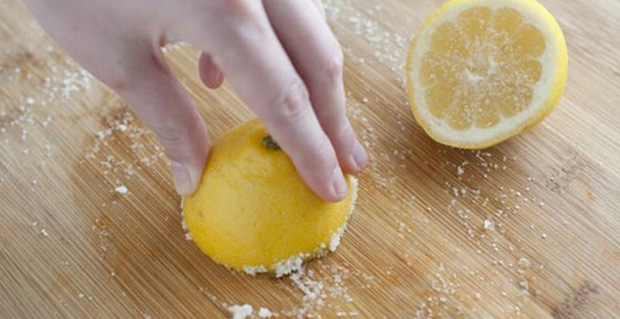
Lemons are effective in removing resin from most fruits, including jackfruit, sapodilla, turmeric, and loofah. (Illustrative image)
This method works for a variety of resins, including those from jackfruit, sapodilla, turmeric, and loofah.
Using Salt and Wine
A mixture of salt and wine can effectively remove resin stains from clothing, especially sapodilla resin. Sprinkle some salt into the wine and scrub the stain. The combination of alcohol and acetic acid in the wine, along with sodium chloride from the salt, will break down the stubborn resin.
Finally, launder the garment with your regular detergent to complete the cleaning process.
Using Vinegar
Vinegar is another popular cleaning agent used by many homemakers. For example, if banana resin stains clothing, causing dark, discolored spots, simply pour vinegar directly onto the stain and let it soak for 5-7 minutes before washing it off. The stain will disappear.
For older, more stubborn stains, you can soak the garment in vinegar for up to 30 minutes. However, keep in mind that older stains may only fade and not completely disappear. Therefore, it’s best to address resin stains as soon as possible.

Vinegar is a common cleaning agent used by many. (Illustrative image)
Water spinach, also known as morning glory, is another plant that produces resin. If you come into contact with water spinach resin, mix a basin of water with a little vinegar and a few drops of lemon juice, and then soak and rinse your hands in this solution. The combination of vinegar and lemon juice will effectively remove the resin.
Source: Trí Thức Trẻp>
The Secret to a Perfect Sweet and Savory Fish Soup: A Master Chef’s Guide to Enhancing the Flavor and Aroma of This Delicacy.
A steaming bowl of fish head soup is a delight for the senses. The tender meat, the crunchy snakehead fruit, and the perfectly balanced sour and spicy broth create a harmonious dance of flavors. This dish is a versatile treat, equally delicious when paired with either rice or bun, and is especially comforting on a chilly day.











